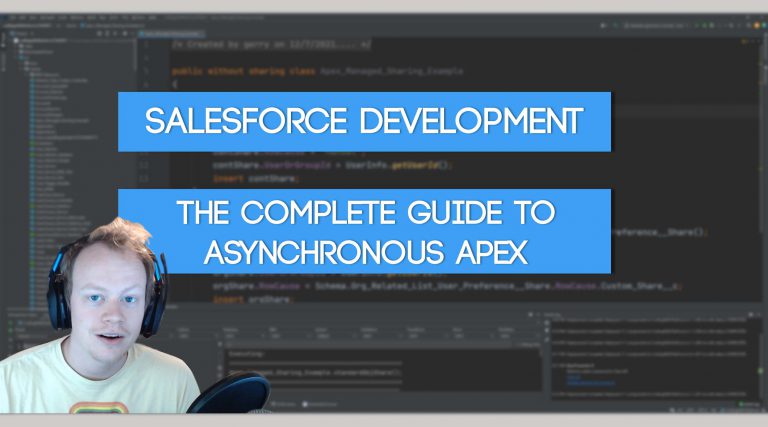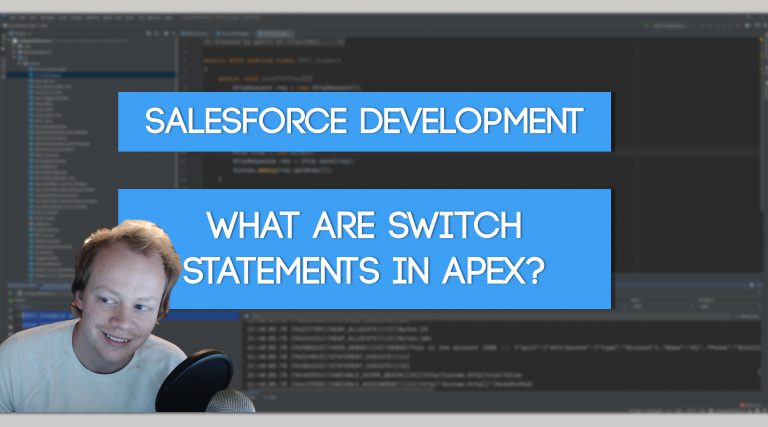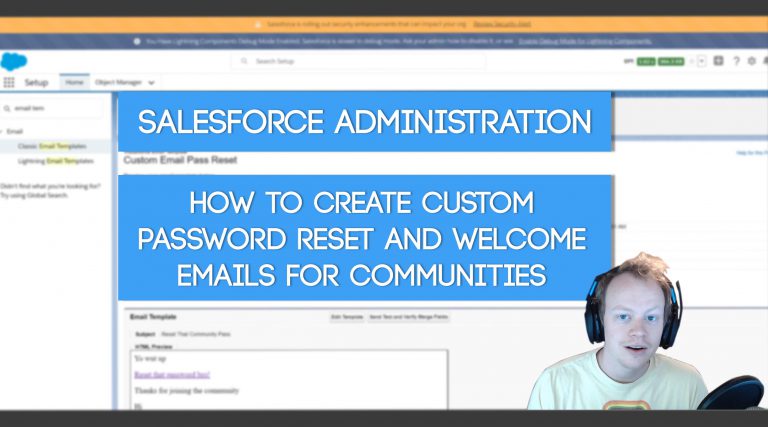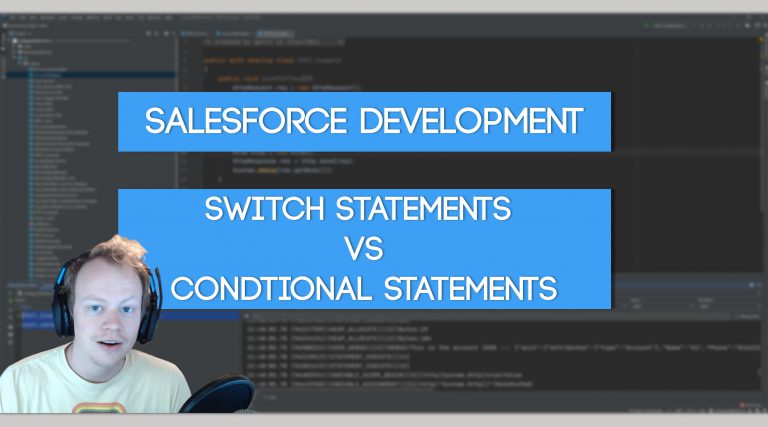Salesforce Apex Master Class (Ep. 1) – What to expect to do as a Salesforce Developer
So I heard you wanna be a Salesforce Developer? In the video above I go over absolutely everything you need to know about the typical job of a dev, that way, before you waste anytime learning anything, you know whether it’s the right kind of job for you! I hope you all find it useful!
Get Coding With The Force Merch!!
We now have a redbubble store setup so you can buy cool Coding With The Force merchandise! Please check it out! Every purchase goes to supporting the blog and YouTube channel.
Get Shirts Here!
Get Cups, Artwork, Coffee Cups, Bags, Masks and more here!
Check Out More Coding With The Force Stuff!
If you liked this post make sure to follow us on all our social media outlets to stay as up to date as possible with everything!
Youtube
Patreon
Github
Facebook
Twitter
Instagram
Salesforce Development Books I Recommend
Advanced Apex Programming
Salesforce Lightning Platform Enterprise Architecture
Mastering Salesforce DevOps
Good Non-SF Specific Development Books:
Clean Code
Clean Architecture





